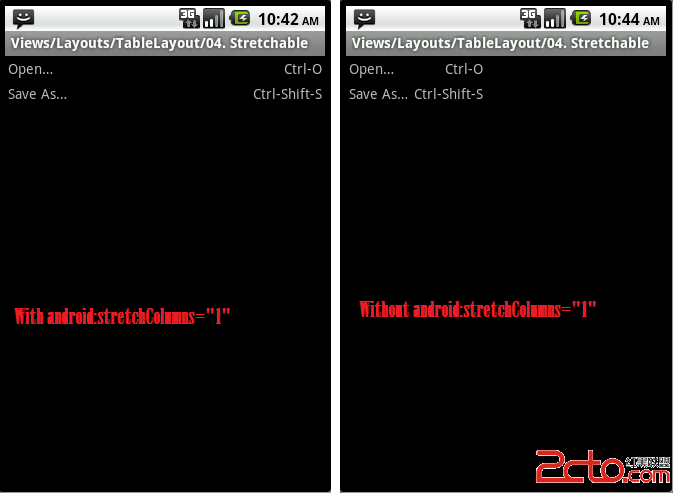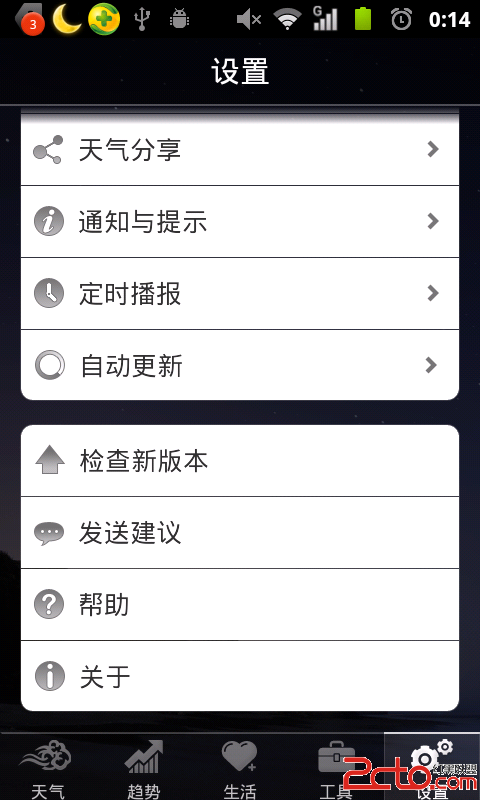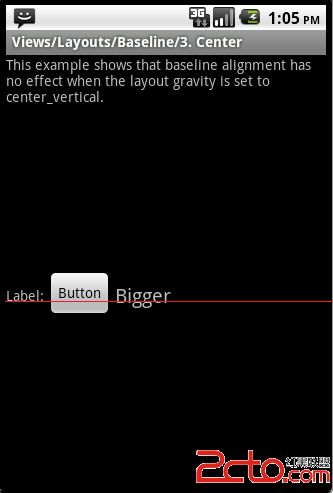【Android笔记 六】Android Sensor感应器介绍(二)线程中刷新
上一篇中提到过一个问题,就是说感应器刷新频率太快,假如我们要做一个UI中,需要根据方向数据绘制一个一个移动的箭头,那么就要太过频繁的刷新绘制界面,占用很多的资源,体验性也会很差,《android 2高级编程》中一个演示测力器的例子,却无意中给我们提供了一种此情况下刷新UI的解决方案,这下我们就知道了如何防止感应器在界面中过于频繁的刷新。
下面是自己修改的代码,供大家参考
/*
* @author octobershiner
* 2011 07 27
* SE.HIT
* 这是《Android 2 高级编程》中的一个实例,关于感应器的使用很普通,但是介绍了一种使用感应器的应用如何刷新UI的好办法,值得学习
* 我添加了一些注释和onPause方法
* 一个演示感应器在线程中刷新UI的例子 测力器的应用
* */
package uni.sensor;
import java.util.Timer;
import java.util.TimerTask;
import android.app.Activity;
import android.content.Context;
import android.hardware.Sensor;
import android.hardware.SensorEvent;
import android.hardware.SensorEventListener;
import android.hardware.SensorManager;
import android.os.Bundle;
import android.widget.TextView;
public class ForceometerActivity extends Activity{
SensorManager sensorManager;
TextView accelerationTextView;
TextView maxAccelerationTextView;
float currentAcceleration = 0;
float maxAcceleration = 0;
@Override
protected void onCreate(Bundle savedInstanceState) {
// TODO Auto-generated method stub
super.onCreate(savedInstanceState);
setContentView(R.layout.main);
//获取两个文本显示域
accelerationTextView = (TextView)findViewById(R.id.acceleration);
maxAccelerationTextView = (TextView)findViewById(R.id.maxAcceleration);
//获取sensor服务,选择加速度感应器
sensorManager = (SensorManager)getSystemService(Context.SENSOR_SERVICE);
Sensor accelerometer = sensorManager.getDefaultSensor(Sensor.TYPE_ACCELEROMETER);
//注册事件
sensorManager.registerListener(sensorEventListener,
accelerometer,
SensorManager.SENSOR_DELAY_FASTEST);
Timer updateTimer = new Timer("gForceUpdate");
updateTimer.scheduleAtFixedRate(new TimerTask() {
public void run() {
updateGUI();
}
}, 0, 100);
}
//添加的新方法,退出activity的时候,关闭易做图
public void onPause(){
sensorManager.unregisterListener(sensorEventListener);
super.onPause();
}
private final SensorEventListener sensorEventListener = new SensorEventListener() {
//系统设置的重力加速度标准值,设备在水平静止的情况下就承受这个压力,所以默认Y轴方向的加速度值为STANDARD_GRAVITY
double calibration = SensorManager.STANDARD_GRAVITY;
public void onAccuracyChanged(Sensor sensor, int accuracy) { }
public void onSensorChanged(SensorEvent event) {
double x = event.values[0];
double y = event.values[1];
double z = event.values[2];
//计算三个方向的加速度
double a = Math.round(Math.sqrt(Math.pow(x, 2) +
Math.pow(y, 2) +
Math.pow(z, 2)));
//消去原有的重力引起的压力
currentAcceleration = Math.abs((float)(a-calibration));
if (currentAcceleration > maxAcceleration)
maxAcceleration = currentAcceleration;
}
};
private void updateGUI() {
/*
&nb
补充:移动开发 , Android ,




